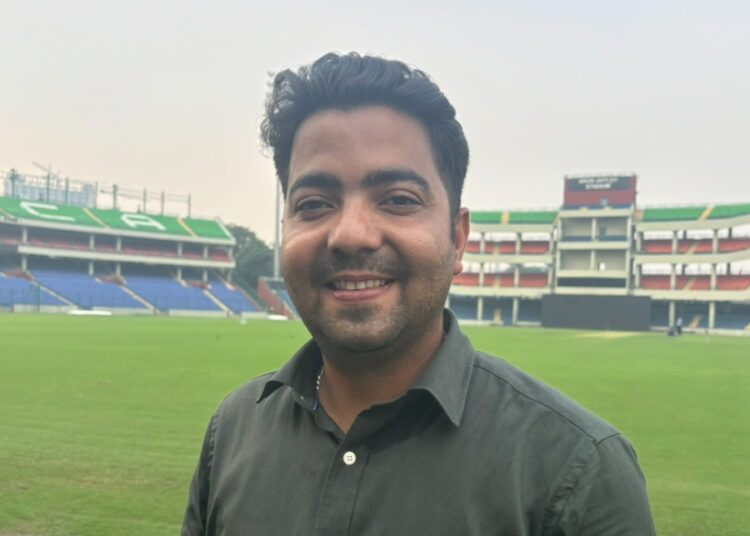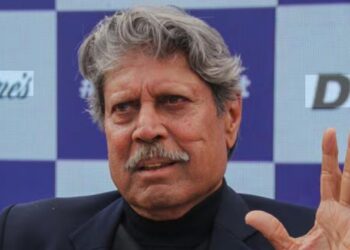Low, slow and few runs often defined the Ferozeshah Kotla pitch here in the national Capital. The Delhi and District Cricket Association (DDCA) spent lakhs of rupees to fix the problem. There was a credibility issue with the pitch as it didn’t behave the way it was expected to do in both essays of the match. Fortunately, it is a thing of the past.
Thanks to former head of BCCI’s grounds and pitches committee Daljit Singh, who rectified the problem for good. The turning point came when he placed someone as credible as Ankit Datta as the curator of Kotla but also ensured that he carries the legacy of preparing good pitches in India. Indeed, preparing high-quality wickets for a demanding schedule like the DPL is no small feat.
Conducting 40 matches over just 23 days requires exceptional expertise and precise pitch management. Without the efforts of Ankit, this would have been nearly impossible. Their ability to consistently prepare top-tier wickets, particularly for T20 cricket, where the balance between bat and ball is crucial, speaks to the remarkable improvements made at Ferozeshah Kotla.
The challenge of maintaining consistent playing surfaces across so many matches within a short span is immense, but with the right expertise and careful planning, they have transformed the once-troublesome pitch into one of the best for high-paced, exciting cricket. This showcases the DDCA’s ability to handle high-stakes tournaments like the DPL, where the quality of the pitch can make or break the spectacle.
Daljit is indeed be immensely proud and “super duper happy” to witness the transformation of the Kotla pitch and the DDCA’s ability to consistently prepare top-quality wickets. His legacy of laying the groundwork for reliable and balanced pitches has clearly borne fruit, especially with the DPL successfully hosting so many T20 matches over a short span.
For someone who dedicated his career to improving the standards of pitch preparation across India, seeing these results—especially in a high-profile tournament—must feel deeply satisfying. It’s a testament to his lasting impact on Indian cricket infrastructure, ensuring that future generations of cricketers enjoy playing on world-class surfaces.
“I am so glad to see the way Ankit has done so well for the association. I am also happy to see the way DDCA has looked after Ankit. This is how it should be,” Daljit, who has several decades of experience as a player, coach, administrator and curator, told CricBlogger on Wednesday.
The simplicity and consistency of the Kotla pitch have become its greatest strengths, so much so that Ankit, the curator, and DDCA’s top boss Rohan Jaitley prefer to let the pitch speak for itself. Their focus is on ensuring that the level of competition remains uncompromised, and they’ve succeeded in creating a surface that players and officials alike can trust, game after game.
The success of the Kotla pitch has transcended Delhi, with officials from other state leagues now taking notice and offering high praise. The fact that the pitch is being discussed and lauded by match officials from other leagues underscores the remarkable transformation it has undergone. The consistency maintained at Kotla has set a new benchmark, proving that when the basics are done right, the results can be extraordinary.
“I have seen it all. The Kotla pitch has really been amazing and it is also very heart warming to see the success story of DPL being scripted through some great pitches prepared for the competition,” Daljit, who laid the foundation or good pitches and lush green outfields in India, said before signing off.
















